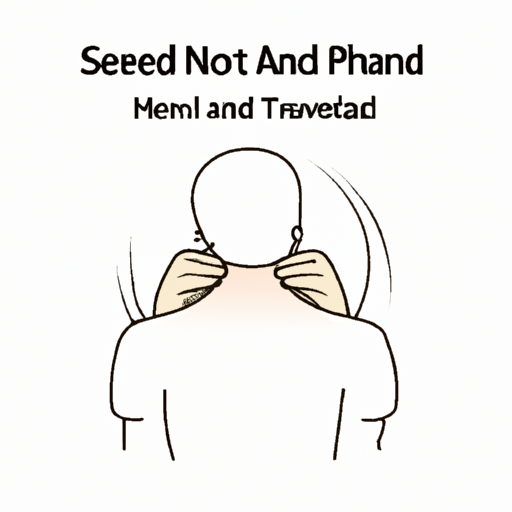effective ways to treat neck, shoulder, and back pain


Title: Effective Ways to Treat Neck and Shoulder Pain
Introduction:
Neck and shoulder pain can be debilitating, affecting your daily activities and overall quality of life. Whether it's caused by poor posture, muscle strain, or underlying conditions, finding effective ways to alleviate the discomfort is crucial. In this article, we will explore some useful methods to treat neck and shoulder pain and help you regain your mobility and well-being.
1. Correct Your Posture:
One of the primary causes of neck and shoulder pain is poor posture. Maintaining a good posture while sitting, standing, or walking helps relieve stress on the muscles and joints. Make a conscious effort to sit up straight, aligning your shoulders with your ears, and keeping your chin parallel to the ground. Consider using a supportive chair or ergonomic accessories to maintain proper spinal alignment.
2. Stretch and Strengthen:
Regular stretching and strengthening exercises can help ease neck and shoulder pain by improving flexibility and muscle tone. Simple stretching exercises like neck rotations, shoulder rolls, and side bends can provide relief and prevent further discomfort. Additionally, strength training exercises focusing on the neck, shoulders, and upper back can help build muscle support and reduce strain.
3. Apply Heat or Cold Therapy:
Alternating between heat and cold therapy can effectively alleviate neck and shoulder pain. Applying a heating pad or warm compress to the affected area helps relax muscles, increase blood flow, and reduce stiffness. On the other hand, cold therapy, such as using an ice pack or ice wrapped in a cloth, can help reduce inflammation and numb the area, providing temporary pain relief.
4. Massage Therapy:
Massage therapy is an excellent way to relieve neck and shoulder pain. Professional massage therapists can target specific muscles and apply techniques to reduce tension and improve circulation. Additionally, self-massage techniques like gentle kneading or using a foam roller can help release tight knots and promote relaxation.
5. Practice Stress Management:
Stress often contributes to neck and shoulder pain. Incorporating stress management techniques into your daily routine can significantly alleviate discomfort. Engage in activities that help you relax, such as yoga, meditation, deep breathing exercises, or taking regular breaks throughout the day to stretch and unwind. Adequate rest and sleep are also essential for proper muscle recovery.
6. Seek Professional Help:
If your neck and shoulder pain persist or worsen despite trying self-care measures, it's important to seek professional help. A healthcare provider, such as a chiropractor, physical therapist, or orthopedic specialist, can evaluate your condition and provide appropriate treatment options. They may recommend additional therapies like acupuncture, ultrasound therapy, or prescribe pain medication if necessary.
Conclusion:
Neck and shoulder pain can significantly impact your daily life, but there are effective ways to alleviate and manage the discomfort. By correcting your posture, incorporating stretching exercises, applying heat or cold therapy, considering massage treatments, practicing stress management, and seeking professional help when needed, you can find relief and improve your overall well-being. Remember, it's essential to listen to your body and take proactive steps towards treating and preventing neck and shoulder pain.
Cách trị đau cổ vai gáy













Comment